The fibrin clover (Menyanthes trifoliata) is a plant belonging to the family of Menyanthaceae. The genus name, Menyanthesderives from the composition of the Greek words minýthô= vanish e ánthos= flower, therefore it can be translated as “short flowering”, referring to the early fall of the flower corolla. The plant is commonly known as water clover, as it grows in humid places. It is a plant known in folk medicine for its medicinal properties, which are easily exploited in home herbal medicine.
In this article we know the botanical characteristics of the fibrin clover, the beneficial properties and the common uses.
Description of the fibrin clover
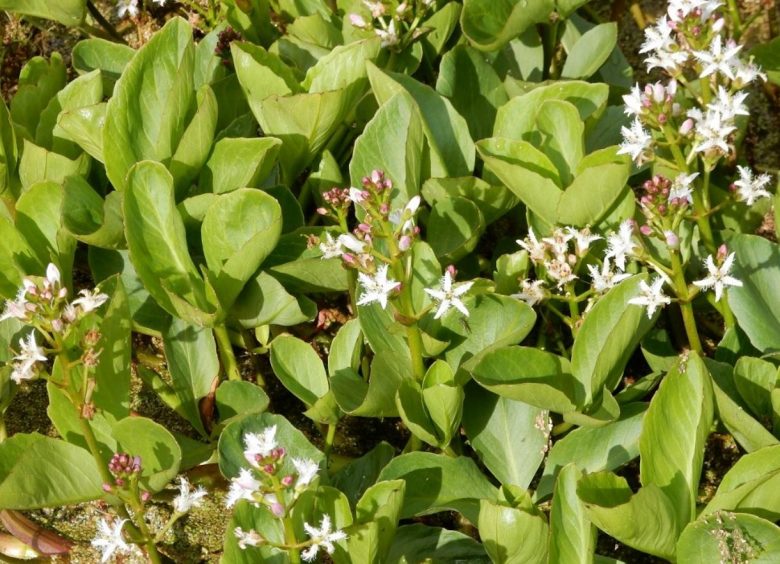
The Menyanthes trifoliata it is a perennial plant with the rhizomatous geophyte biological form. The root system consists of a rhizome up to 1 m long, creeping horizontally to the ground and green in color. From the lower part of the rhizome, moreover, white roots develop, and from the apex the leaves and the stem originate, the latter up to 30 cm high.
Leaves
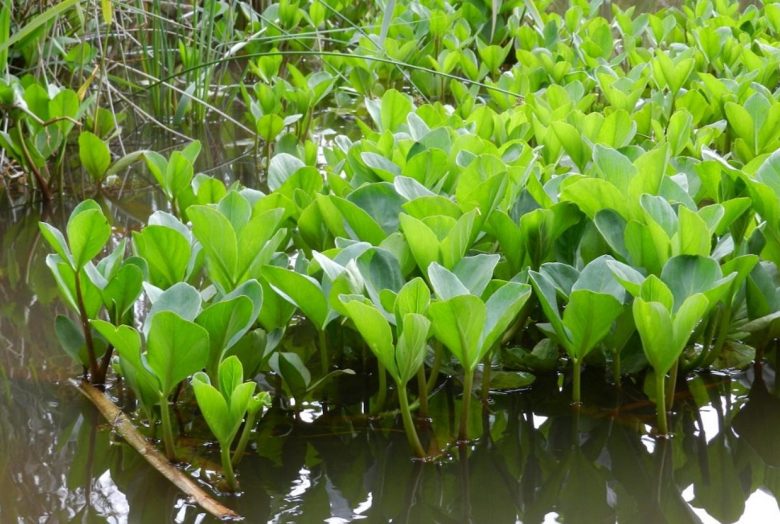
The leaves of the fibrinous clover have a long cylindrical petiole which expands at the base into an ampless sheath, which, when the leaf falls, leaves the scar on the rhizome. The leaf is divided into 3 oval-elliptical leaflets with a rounded apex and the base that narrows into a kind of short petiole. The margin is whole and smooth, rarely wavy. The surface is glabrous, with prominent and whitish ribs.
Flowers
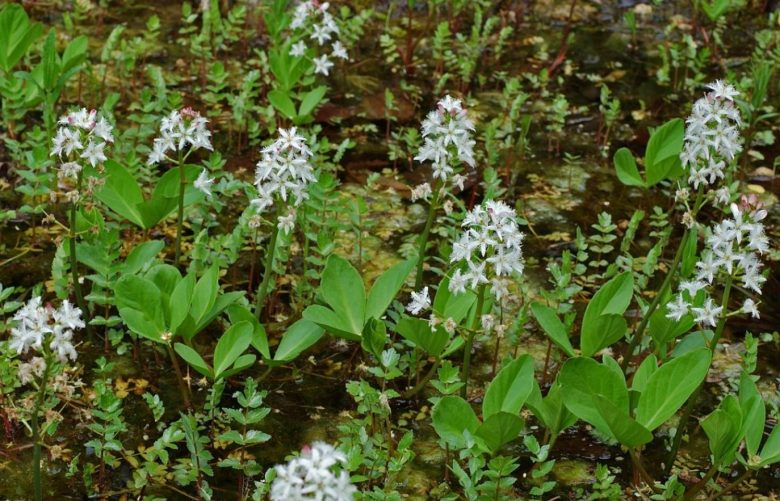
The inflorescence is a raceme placed at the end of the stem. Each flower has a long peduncle that arises at the armpit of an oval bract. The calyx is greenish and divided into 5 teeth. The corolla is tubular at the bottom and divided into 5 lanceolate lobes of a pinkish white color. The inner surface, finally, is covered with sturdy hair, often curled. As for the flowering, however, this takes place in spring, starting from the month of April.
Fruits and seeds
The fruit is a capsule, enclosed at the base in the persistent calyx, which opens in 2 valves when ripe. Contains some smooth seeds of ovoid shape and light yellow color.
Where does fibrous clover grow?
The water clover grows in humid places (swamps, ponds, ditches with little running water). We find it spontaneous from the plain to the mountain area. It is present in almost all Italian regions.
How to grow fibrin clover
The fibrin clover can also be grown in the garden, being a very rustic plant. It is ideal for planting on the edge of an artificial pond. Cultivation can start by taking a portion of the rhizome in the autumn months or buying a seedling in the nursery. The plant does not require special care, but only the ideal environment.
Useful parts and collection
In herbal medicine, of the fibrin clover, the dried leaves are used. The leaves are harvested in May or July, when they are well developed, by cutting off the individual leaves without the stalk. They should be dried in the shade by placing them in thin layers. Once dry they can be stored in glass jars and in a dark place.
Active ingredients of fibrin clover
The main constituents of the fibrin clover are: the meniantoside heteroside, the meliatoside glucoside, essential oil, phytosterols, small quantities of the alkaloid genzianine, tannins, choline. From these active ingredients derive properties: amaricanti, aperitifs, digestive, antispasmodic, purifying, dietary, anti-inflammatory.
Properties of the fibrin clover
The fibrin clover is characterized by an intense, sharp and clean bitter taste. The particular bittering properties are linked to the eupeptic, tonic and digestive properties of the plant that stimulate intestinal functions, normalize digestive processes and eliminate unwanted side phenomena such as loss of appetite, stomach and abdominal pain, swelling, headache.
To these important prerogatives are added, then, the dietary ones (vitaminizing and mineralizing) mainly due to the presence, in the leaves, of vitamin C and iron salts. This plant is also considered useful in liver failure because it contains, among other things, cynar-like substances designed to stimulate the functions of the liver and, therefore, to purify the body.
Inside there are flavonoids, which would confirm the generic anti-inflammatory properties attributed to the plant by folk medicine.
Contraindications
It must be said that excessive doses and prolonged use of the extracts based on fibrin clover can give rise to intestinal disorders with vomiting and diarrhea. Therefore, sporadic use is recommended and strictly related to need.
Domestic use
At home, to stimulate the appetite and promote digestion, it is possible prepare the infusion using 5 g of leaves in 100 ml of water, to be taken in a teaspoon before meals.

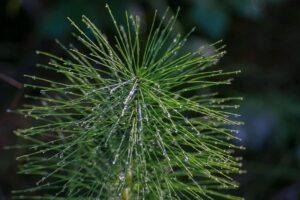
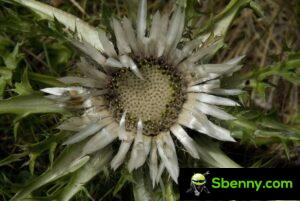
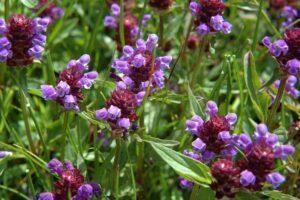
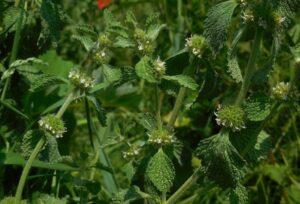
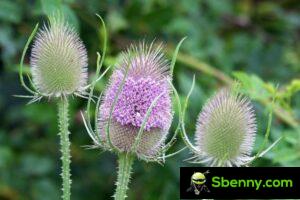
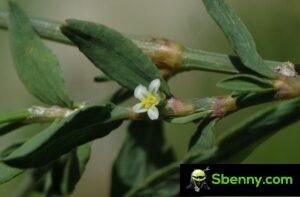
Start a new Thread